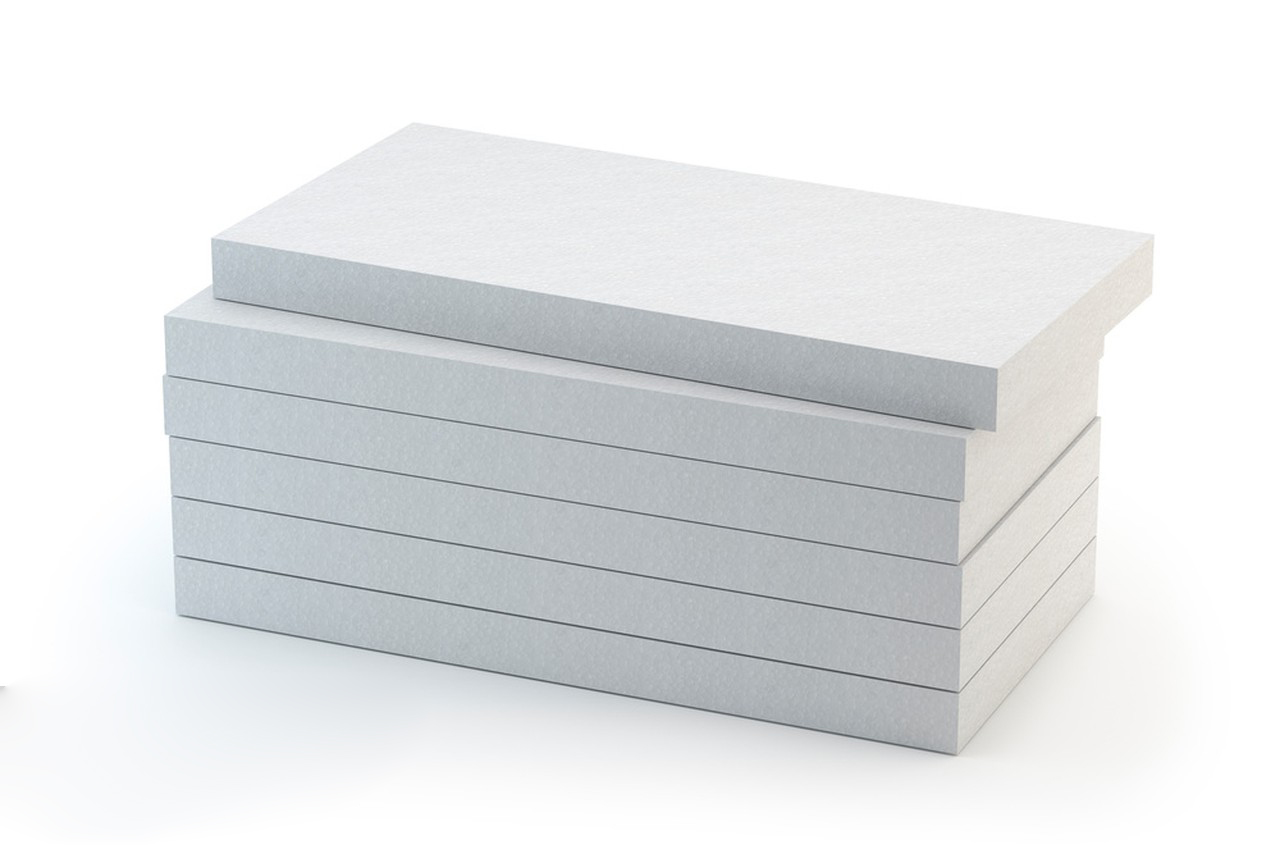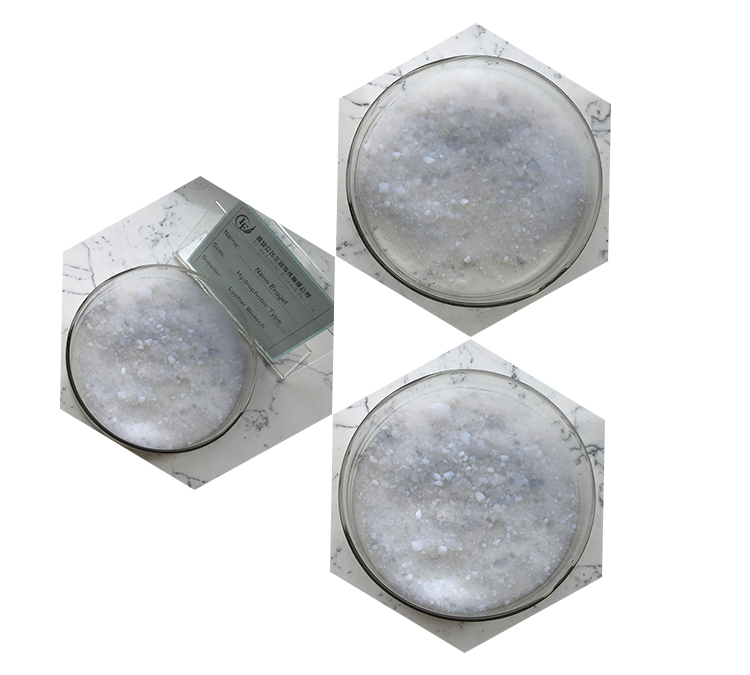Aerogel is a remarkable material known for its extremely low density, high surface area, and excellent thermal insulating properties. The basic ingredients of aerogel typically include:
Solvent: A liquid component, often a solvent such as alcohol or acetone, is used to dissolve the gel precursor. The choice of solvent depends on the specific aerogel being produced.
Silica or other Gel Precursor: The gel precursor is a material that forms a gel-like substance when combined with the solvent. Silica aerogels are among the most common, but other materials like polymers or metal oxides can also be used.
Catalyst: A catalyst may be added to facilitate the gelation process. The catalyst helps in the formation of the gel structure from the precursor and solvent mixture.
Cross-linking Agent: In some cases, a cross-linking agent is added to strengthen the gel structure. This agent helps create a three-dimensional network, contributing to the structural integrity of the aerogel.
Surfactant: Surfactants may be used to control the pore size and structure of the aerogel, influencing its properties such as density and surface area.

The basic process involves creating a gel from the precursor solution, followed by removing the solvent from the gel through a process called supercritical drying. Supercritical drying involves replacing the liquid solvent with a gas in a supercritical state, maintaining the structural integrity of the gel and producing the final aerogel material.
It’s important to note that aerogels can be made from various materials, and the specific ingredients and processes can vary depending on the desired properties and applications of the aerogel.
The efficacy and action of Aerogel
Aerogel is a unique and remarkable material known for its extremely low density, high porosity, and impressive thermal insulating properties. It is often referred to as “frozen smoke” due to its translucent appearance. Aerogels can be made from various materials, including silica, carbon, and polymers. Here are some key aspects of the efficacy and action of aerogel:
1.Low Density:
Aerogels are composed of a gel that has undergone a process called supercritical drying, resulting in a solid with a very low density. This low density is a defining characteristic of aerogels, making them one of the lightest solid materials known.
2.High Porosity:
The structure of aerogels is highly porous, with a large surface area and interconnected voids. This porosity contributes to the material’s low density and provides benefits in various applications, such as insulation and absorption.
3.Thermal Insulation:
One of the most notable properties of aerogels is their exceptional thermal insulation. The structure of aerogels minimizes heat conduction, making them effective insulators. This property has led to their use in applications where thermal management is critical, such as in spacecraft insulation and protective clothing.
4.Light Transmission:
Despite their solid appearance, aerogel can be translucent or transparent, depending on the material and manufacturing process. This unique property makes them suitable for applications in optics and as lightweight substitutes for glass.
5.Mechanical Properties:
While aerogels are lightweight and have excellent insulating properties, they are typically fragile and can be prone to breaking or crumbling. This limits their use in load-bearing applications. Researchers are working on enhancing the mechanical strength of aerogels for broader applications.

6.Chemical Inertness:
Aerogels can be chemically inert, depending on the material used. This makes them suitable for applications where resistance to certain chemicals or environmental conditions is important.
7.Applications:
Aerogels find applications in various fields, including aerospace, construction, oil and gas, electronics, and more. They are used for thermal insulation in space missions, as lightweight components in composites, and in oil spill cleanup, among other applications.
While aerogel offer unique properties and have found success in specific applications, ongoing research is focused on improving their mechanical properties, reducing production costs, and exploring new applications for this versatile material.
